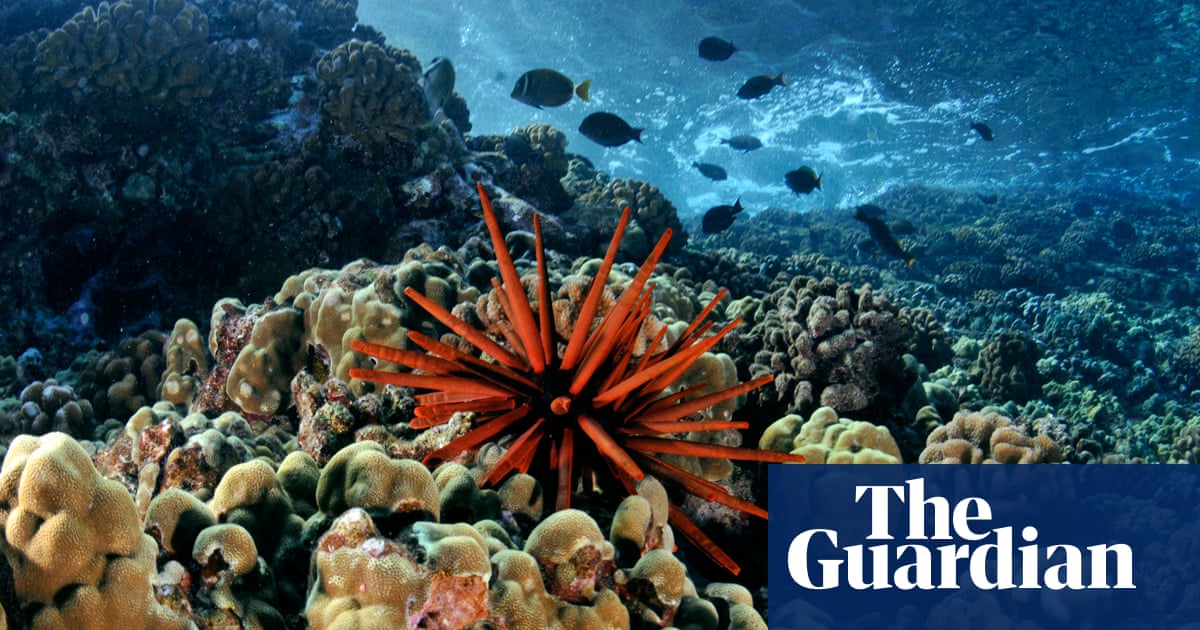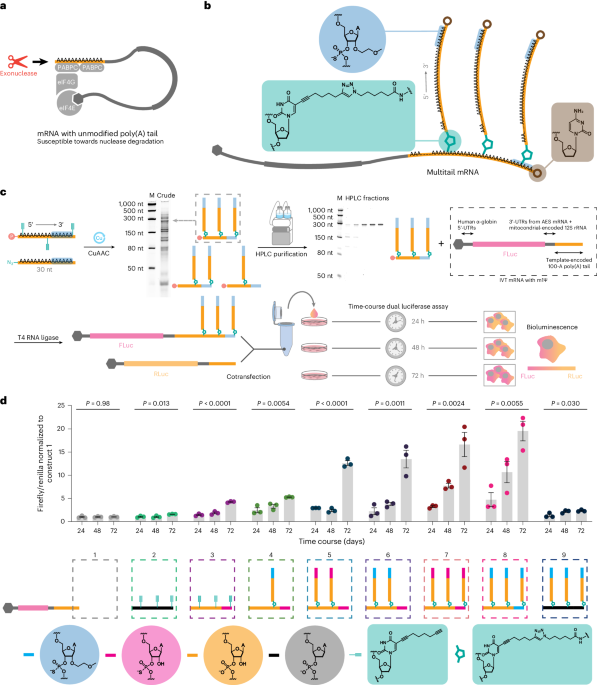[ad_1]
Underwater speakers that broadcast the hustle and bustle of thriving coral could bring life back to more damaged and degraded reefs that are in danger of becoming ocean graveyards, researchers say.
Scientists working off the US Virgin Islands in the Caribbean found that coral larvae were up to seven times more likely to settle at a struggling reef where they played recordings of the snaps, groans, grunts and scratches that form the symphony of a healthy ecosystem.
“We’re hoping this may be something we can combine with other efforts to put the good stuff back on the reef,” said Nadège Aoki at the Woods Hole Oceanographic Institution in Massachusetts. “You could leave a speaker out for a certain amount of time and it could be attracting not just coral larvae but fish back to the reef.”
The world has lost half its coral reefs since the 1950s through the devastating impact of global heating, overfishing, pollution, habitat loss and outbreaks of disease. The hefty declines have fuelled efforts to protect remaining reefs through approaches that range from replanting with nursery-raised corals to developing resilient strains that can withstand warming waters.
Aoki and her colleagues took another tack, building on previous research which showed that coral larvae swim towards reef sounds. They set up underwater speakers at three reefs off St John, the smallest of the US Virgin Islands, and measured how many coral larvae, held in sealed containers of filtered sea water, settled on to pieces of rock-like ceramic in the containers up to 30 metres from the speakers.
While the researchers installed speakers at all three sites, they only played sounds from a thriving reef at one: the degraded Salt Pond reef, which was bathed in the marine soundscape for three nights. The other two sites, the degraded Cocoloba and the healthier Tektite reefs were included for comparison.
When coral larvae are released into the water column they are carried on the currents, and swim freely, before finding a spot to settle. Once they drop to the ocean floor, they become fixed to the spot and – if they survive – mature into adults.
Writing in the Royal Society Open Science journal, the researchers describe how, on average, 1.7 times more coral larvae settled at the Salt Pond reef than at the other sites where no reef sounds were played. The settlement rates at Salt Pond dropped with distance from the speaker, suggesting the broadcasts were responsible.
While the results are promising, Aoki said more work is afoot to understand whether other coral species respond to reef sounds in the same way, and whether the corals thrive after settling. “You have to be very thoughtful about the application of this technology,” she said. “You don’t want to encourage them to settle where they will die. It really has to be a multi-pronged effort with steps in place to ensure the survival of these corals and their growth over time.”
Prof Steve Simpson, a marine biologist at the University of Bristol who was also involved in the study that found coral larvae respond to reef sounds, has been using audio recordings to attract fish larvae to reefs for 20 years. He said the work was “exciting” and demonstrated how acoustic playback could promote coral settlement at reef habitats.
“We are in a race against time to secure the future of coral reefs while we drive for net zero and start to fix the climate,” Simpson said. “Coral reefs are the first marine ecosystems we could lose to climate change, which means they are also the first we can save. If we can save reefs, we can save anything.”
Maqvi News #Maqvi #Maqvinews #Maqvi_news #Maqvi#News #info@maqvi.com
[ad_2]
Source link

















































